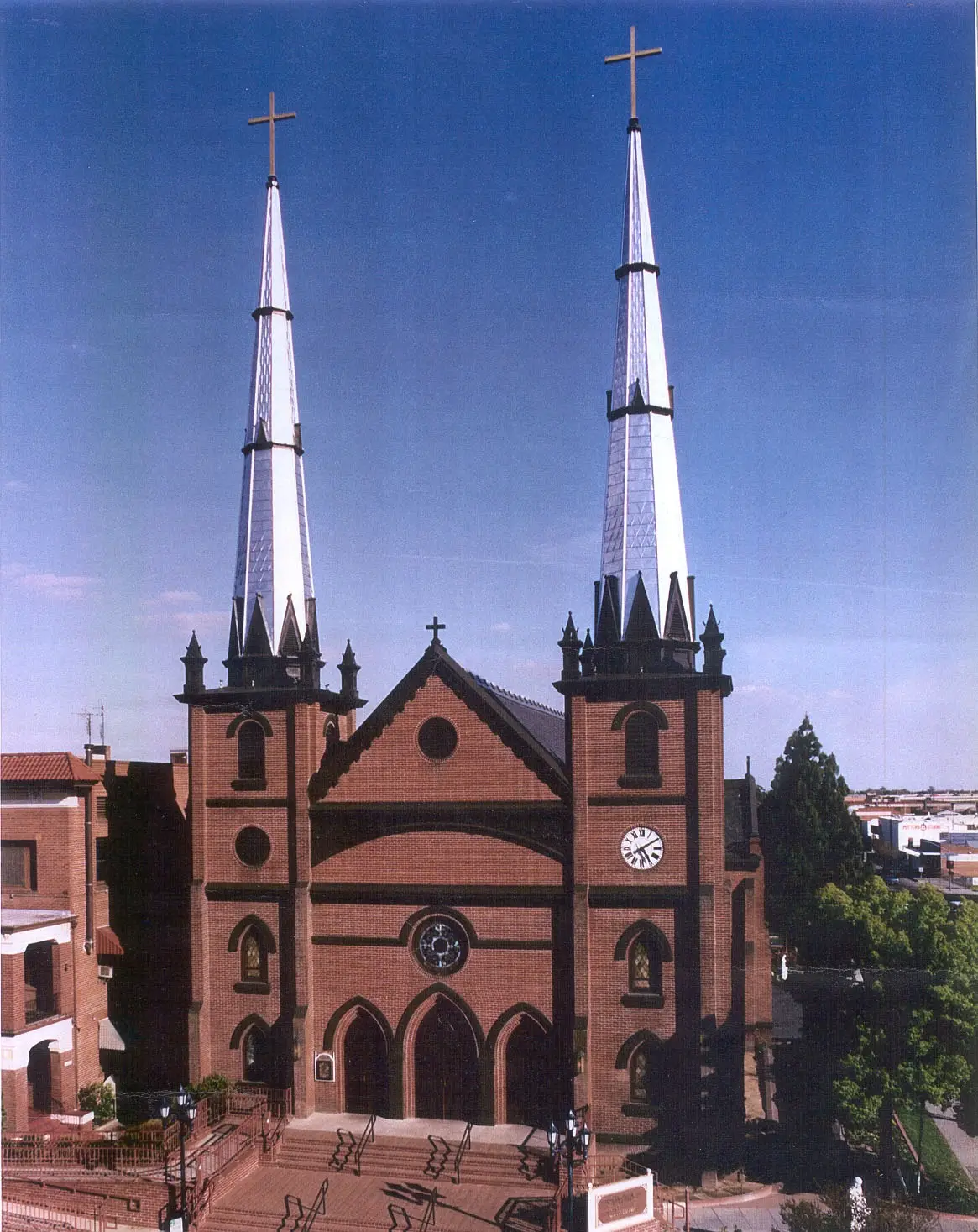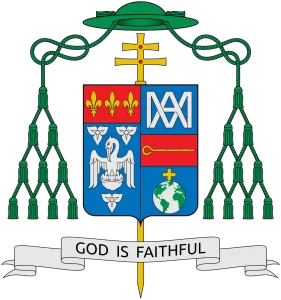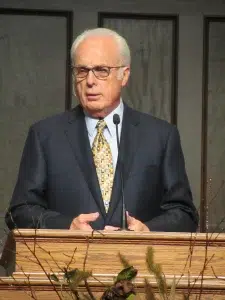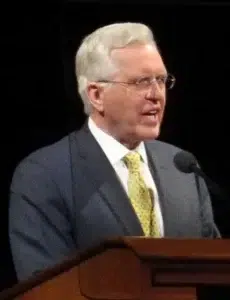Photo: St. John The Baptist Church in Fresno, CA; via Wikipedia.
After over a year of delays and public statements promising transparency, the Catholic Diocese of Fresno officially filed for Chapter 11 bankruptcy protection on June 27, the Fresno Bee reported today. The move comes in response to 153 clergy sexual abuse claims, most of which were filed under California’s Child Victims Act, which opened a three-year legal window for survivors to pursue justice for previously time-barred or expired claims.
The Diocese, which serves roughly one million parishioners in California’s central San Joaquin Valley, spans 87 parishes and 21 Catholic schools across Fresno, Kern, Tulare, Kings, Madera, Merced, Mariposa, and Inyo counties.
Delayed Filing Draws Criticism From Attorneys for Survivors
Attorneys representing a significant portion of the 153 survivors have criticized the Diocese for delaying its bankruptcy filing after first announcing intentions to do so in May 2024. The Diocese previously indicated it would file by August 2024, but waited nearly a full year longer.
“Filing for bankruptcy is usually a financial decision. In this case, it’s more than that. It’s a decision rooted in self-preservation over the protection of children and righting the wrongs of the Diocese,” said an attorney representing several of the survivors.
Critics say the bankruptcy court process will now limit survivors’ voices, replacing individual trials with a financial claims process not designed to handle deeply personal trauma or uncover systemic wrongdoing.
Survivors’ Advocates: Bankruptcy Suppresses Future Claims
The Survivors Network of those Abused by Priests (SNAP), the nation’s largest clergy abuse survivors group, also condemned the move. The organization warned that bankruptcy court closes the door to future claims after proceedings conclude — effectively silencing survivors who may not yet be ready to come forward.
“Most victims come forward between the ages of 50 and 70,” SNAP said in a statement. “Protecting other children and exposing the institutional decisions that led to abuse are vital to survivors. But bankruptcy courts do not prioritize either.”
Bishop Brennan Cites “Compassionate Resolution” — Critics Disagree
In an open letter to parishioners, Bishop Joseph Brennan of the Diocese of Fresno acknowledged the pain caused by clergy sexual abuse and claimed the bankruptcy was necessary to “handle claims with fairness and compassion” while continuing Church operations.
“We know the sin; it will always be before us,” Bishop Brennan wrote. “As your Bishop, I commit to maintain the highest standards for the protection of the vulnerable and our youth.”
But many survivors and advocates see the bankruptcy as a way to limit accountability, reduce transparency, and minimize financial damages.
According to a 2025 Penn State analysis, 40 Catholic dioceses and religious orders across the U.S. have filed for bankruptcy in response to massive tort liability stemming from decades of child sexual abuse by clergy.
What’s Next in the Fresno Diocese Bankruptcy Case
The U.S. Bankruptcy Court for the Eastern District of California will oversee the case. The presiding judge is the Hon. René Lastreto II. The first hearing is scheduled for Monday, July 7, 2025 at 10:30 a.m. PT in the Eastern District of California Bankruptcy Court.
The Diocese has created a website to publish information about the case, which survivors, parishioners, and the public can monitor as proceedings unfold.
Survivors of Clergy Abuse: Know Your Rights
If you or someone you know was sexually abused by a member of the clergy in California, there may still be time to file a claim. Bankruptcy does not necessarily prevent you from seeking compensation — but deadlines move quickly, and your voice matters.
Learn more about your rights and what it takes to hold a religious institution accountable here:
Catholic Church Sexual Abuse Lawsuit Guide.
If you’re ready to see if your story qualifies for legal action, fill out the brief, confidential form below.




